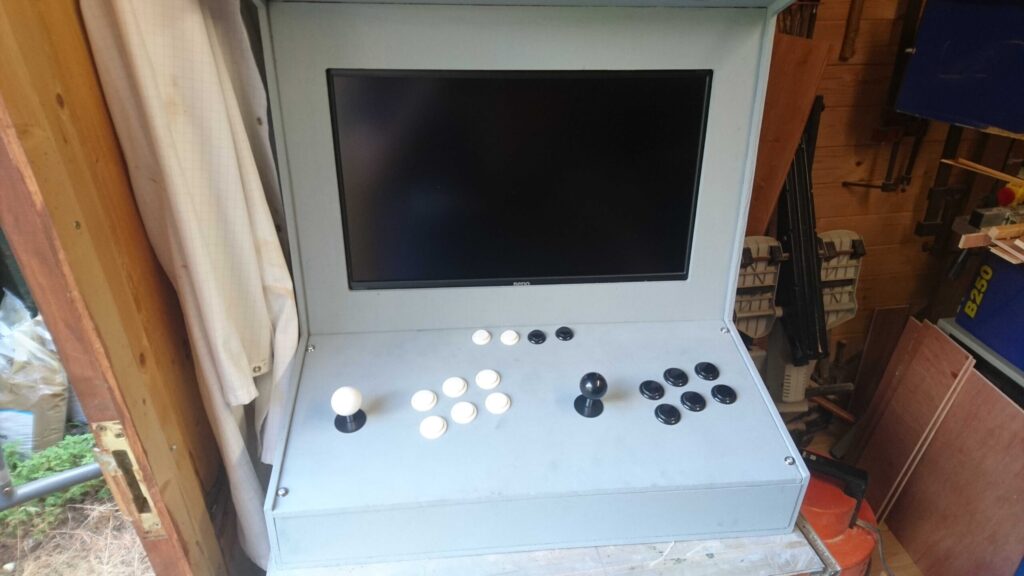Posted inBlog Final Major Project Game Development
Making a Bartop Arcade Cabinet
Making the arcade cabinet was one of the biggest parts of the project. Not only is it a decent size physically, it also is the platform that I'm making the games for, so it needed to be right.

